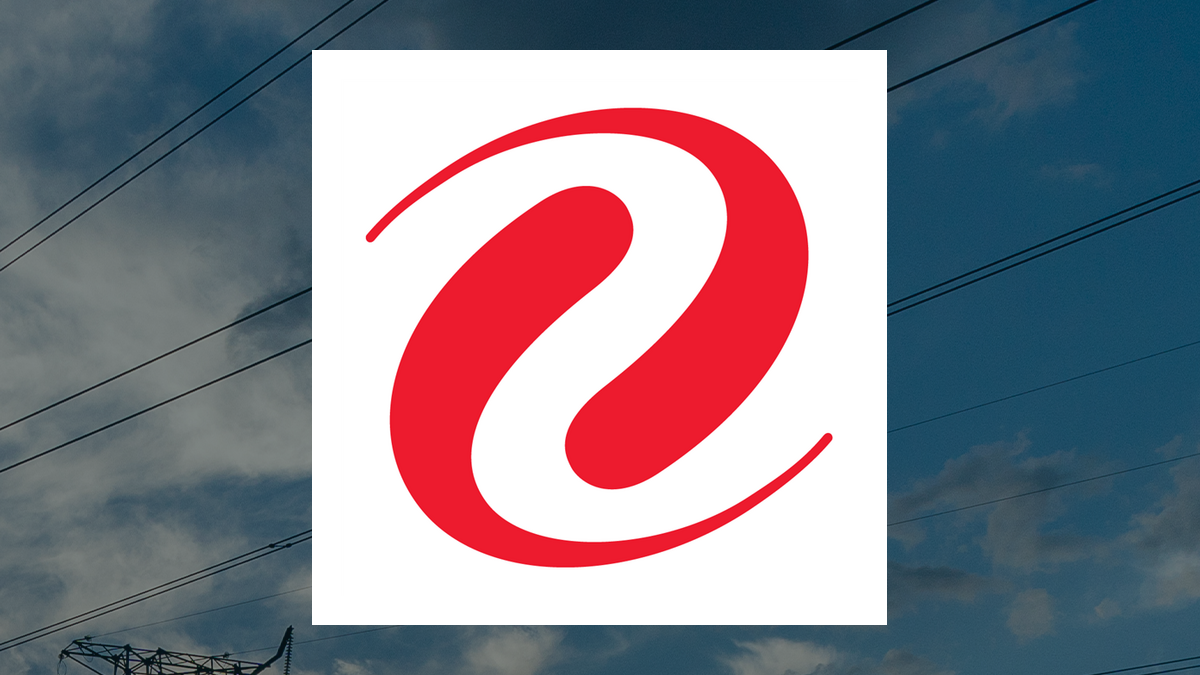 Xcel Energy’s financial performance shows declining gas revenues, increased operating expenses, and a decreasing net income margin. Management aims for a dividend payout ratio of 50-60% and maintaining credit ratings in the A range to drive growth. Key performance indicators focus on dividends and credit ratings aligning with long-term goals. Legal proceedings from wildfires pose risks, but cybersecurity measures are in place. The board remains stable, with a focus on critical accounting policies. Forward guidance emphasizes strategic priorities for growth and competitiveness. Ultimately, Xcel Energy is navigating challenges while prioritizing sustainability and long-term success.
Xcel Energy’s financial performance shows declining gas revenues, increased operating expenses, and a decreasing net income margin. Management aims for a dividend payout ratio of 50-60% and maintaining credit ratings in the A range to drive growth. Key performance indicators focus on dividends and credit ratings aligning with long-term goals. Legal proceedings from wildfires pose risks, but cybersecurity measures are in place. The board remains stable, with a focus on critical accounting policies. Forward guidance emphasizes strategic priorities for growth and competitiveness. Ultimately, Xcel Energy is navigating challenges while prioritizing sustainability and long-term success.
Executive Summary
Financials
Gas revenues have been decreasing over the past three years. This decline is primarily driven by lower sales and the cost of natural gas, as well as regulatory outcomes impacting revenue. Operating expenses have increased from $605 to $650 million. The cost structure remains consistent with a focus on maintenance and operations. No significant changes in cost structures have been noted. The company’s net income margin is $488 in 2023, down from $418 in 2022. It aims for a dividend payout ratio of 50% to 60% and wants to maintain credit ratings in the A range, aligning with industry peers.
Management Discussion and Analysis
Management has targeted a dividend payout ratio of 50% to 60% and aims to maintain senior secured debt credit ratings in the A range. These initiatives have been successful in driving growth and improving profitability. Management assesses the company’s competitive position by monitoring supply chain efficiency and responding to disruptions caused by raw material scarcity, production interruptions, labor shortages, and international conflicts. They highlight market trends related to tariffs on solar imports, impacting project timelines and costs. Management identified loss contingencies related to wildfires as a major risk. Mitigation strategies include targeting a dividend payout ratio of 50-60% and maintaining senior secured debt credit ratings in the A range.
Key Performance Indicators (KPIs)
Risk Assessment
The top external factors that pose risks to Xcel Energy’s operations and financial performance include legal proceedings from wildfires, uncertain legal theories, and potential liabilities. These factors could impact the company’s consolidated financial statements and overall business operations. XEL evaluates and manages cybersecurity risks by maintaining disclosure controls and procedures to ensure timely information disclosure. This helps in making informed decisions regarding cybersecurity in the evolving digital business environment. XEL faces legal uncertainty due to wildfires, with potential financial impacts. Management is monitoring and addressing these risks, with legal fees expensed and liabilities not expected to materially affect financial statements.
Corporate Governance and Sustainability
The board of directors includes Melissa L. Ostrom as Vice President, Controller, and Brian J. Van Abel as Executive Vice President, Chief Financial Officer. No notable changes in leadership or independence were mentioned. The company’s focus on critical accounting policies and loss contingencies related to wildfires is evident. However, there is no specific mention of diversity and inclusion in governance or the workforce, nor a commitment to board diversity. XEL discloses Scope 1 and 2 greenhouse gas emissions, financial impact of severe weather events, and commitment to ESG metrics. This demonstrates the company’s dedication to responsible business practices and sustainability initiatives.
Forward Guidance
The company’s forward-looking guidance aligns with strategic initiatives and priorities outlined in the annual report by focusing on EPS growth, dividend growth, sales projections, expense management, and regulatory proceedings. XEL is factoring in future sales, expenses, tax rates, and regulatory proceedings into its forward-looking guidance. It plans to capitalize on these trends by making strategic financial decisions and optimizing operational performance. The forward-looking statements suggest that the company is committed to long-term growth and competitiveness through objectives such as EPS and dividend growth rates, future sales, and financing plans. This indicates potential investments and strategic shifts to strengthen the company’s position in the market.
For more information:
This article was created using artificial intelligence technology from Klickanalytics.
